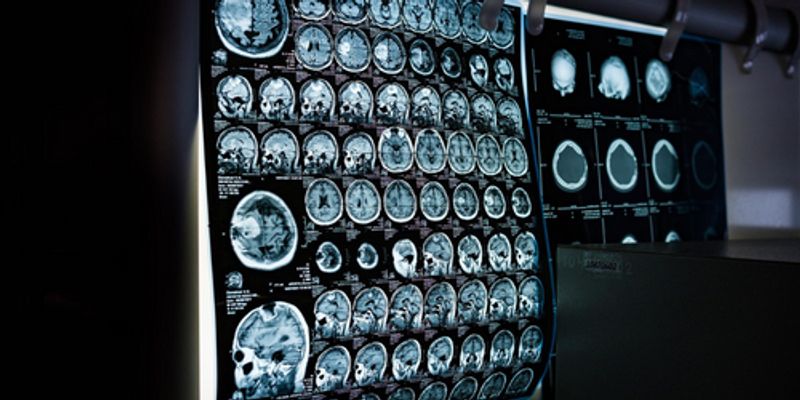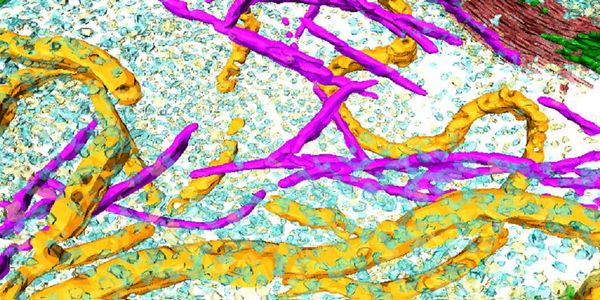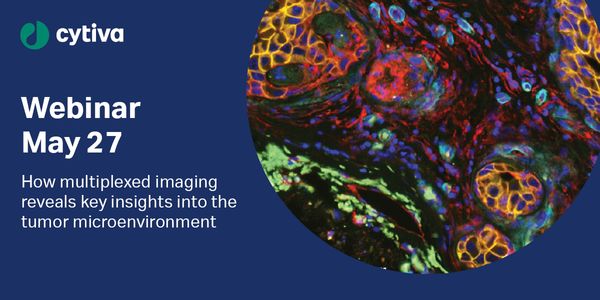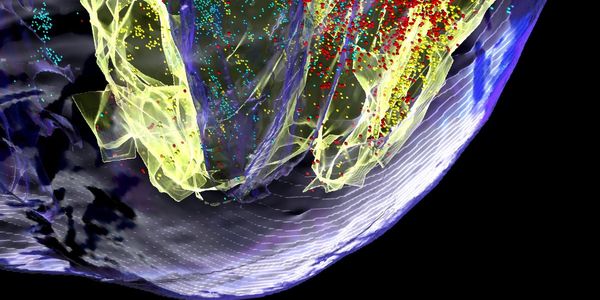Precision imaging
Advancements in medical imaging have lead to precision imaging techniques providing high quality and low background images to be used for diagnostic and treatment planning purposes. Precision imaging refers to medical imaging techniques and accompanying analysis that can qualitatively and quantitatively describe the subject of the image. Precision imaging obtains descriptive, predictive, and integrative details from the image generated.
-
Next-generation sequencing (NGS) is the primary technology used to identify genomic targets for vaccine development, detect emerging viral strains and monitor transmission patterns. Enhanced...
JUN 11, 2020 | 10:00 AM
DATE: June 11, 2020 TIME: 10:00am PT, 1:00pm ET Correlative light and electron microscopy (CLEM) enables biological discoveries by merging different microscopes and imaging modalities to stu...
Speaker:
Elizabeth Wright, Ph.D.
, Jae Yang, Ph.D.
, Bryan Sibert, Ph.D.
Sponsored By: Leica Microsystems,
Alveole
Multiplex immunofluorescence IHC is a powerful technique to address the increasing research needs in immuno-oncology to better understand the tumor microenvironment. In this webinar, we will...
Speaker:
Alexandre Kehren, M.Sc.
While providing indispensable insight into immune processes, the live cell imaging of immune cells poses unique challenges due to their non-adherent nature. Suspension cells such as immune c...
Speaker:
Jun Park, PhD
Gene manipulation studies in primary human immune cells can answer important biological questions within a clinically relevant cellular context. In this webinar we explore the use of several...
Speaker:
Verena Brucklacher-Waldert, PhD
A key step in the clinical production of CAR T cells is the expansion of engineered T cells. To generate enough cells for viable adoptive cell therapy, cells must be robustly stimulated, whi...
Speaker:
Pratip K. Chattopadhyay
JUN 03, 2020 | 12:00 PM
Multiplexed immunofluorescent imaging sheds new light on cancer and other complex conditions. This imaging technique offers a deeper understanding of cells and their surroundings by providin...
Speaker:
Paul Goodwin
, Fiona Ginty
, Prachi Bogetto
Cancer initiation and virulence depends on mechanisms to evade host immunosurveillance and suppression of early invasion and growth. Distinct phenotypes of the immune infiltrates in and arou...
Speaker:
Alexander David Borowsky, MD
Centriole assembly requires a small number of conserved proteins. The precise pathway of centriole assembly has been difficult to study, as the lack of any one of the core assembly proteins&...
During organismal development, differential regulation of the cell cycle is critical to many cell biological processes, including cell migration, cell fate specification and differentiation....





















